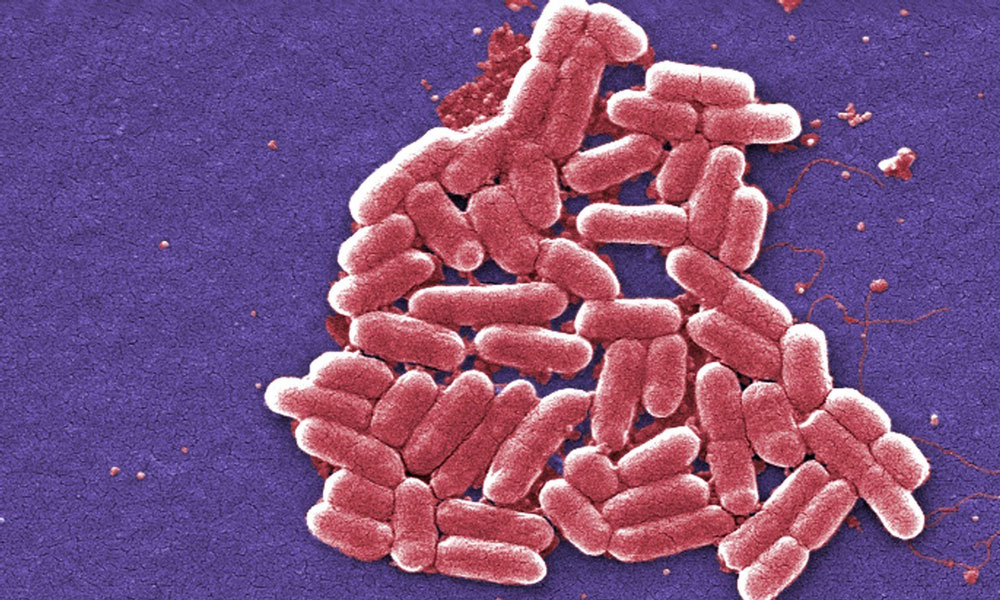
Antibiotic-Resistant Bug: “We’ve Been Waiting for It,” says Infection Control Group
The Association for Professionals in Infection Control and Epidemiology knew a day would come when an antibiotic-resistant bacteria would appear in the U.S. Now that day is here, lending more urgency to APIC’s message about infection prevention.
There are smartphones and smart cars and smart TVs. Now, it seems, there’s a smart bug—and it’s pretty scary.
Last week, researchers discovered bacteria in a U.S. patient that is resistant to last-resort antibiotics, a day experts in the field have been expecting, including those at the Association for Professionals in Infection Control and Epidemiology.
“Bugs are getting smarter,” said Laura Buford, an infection preventionist and chair of APIC’s Communications Committee. “This newest one…we’ve been waiting for it. It’s one of those things we were hoping it wouldn’t happen but, in the deep dark recesses of our brain, knew it was going to at some point.”
APIC, along with the Centers for Disease Control and Prevention and other organizations, has been warning the public for years about the potential for a “superbug” and how to prevent its emergence—as well as how to avoid spreading bacteria. Buford said APIC will continue promoting those public information campaigns around antibiotic use and hygiene management.
After the announcement that the superbug had been detected, the association released an infographic [PDF] reminding the public how to prevent the spread of infection and further development of the bug. It recommends using all your antibiotic even when feeling better, never hording or sharing the medication, and avoiding pestering doctors for antibiotics—especially because antibiotics are only effective for bacterial infections, which do not include colds, the flu, coughs, runny noses, and most earaches.
APIC members will also receive reminders to use personal protective equipment when working with infection patients, as well as “general information about the particular organism and its resistance patterns, just so we can know what to look for too—because it’s something that if you haven’t seen it yet, you’re not going to know what to look for,” Buford said.
In fact, APIC announced a new session Wednesday for its annual conference next week that will address the antibiotic-resistant bacteria found in the Pennsylvania woman and how to respond to emergency infection cases.
While top public health officials say it could be “the end of the road for antibiotics,” according to the Washington Post, Buford hopes this isn’t the case.
Instead she sees this as a wakeup call to prioritize the development of new antibiotics, a shift from how this research was previously viewed. “[Antibiotics have] started becoming more a priority over the last few years with the increase of all the different bugs that we’ve got that are resistant to antibiotics,” she said. “So they are starting to look more and more and develop more, but they definitely need more research in that area to really get some stronger and better antibiotics.”
The main goal now is to keep everyone informed of how best to deal with the situation, whether that’s reminding people to wash their hands or reminding infection preventionists to wear gloves. “We need to contain what’s going on and not let it spread much further than it already has,” Buford said.






Comments